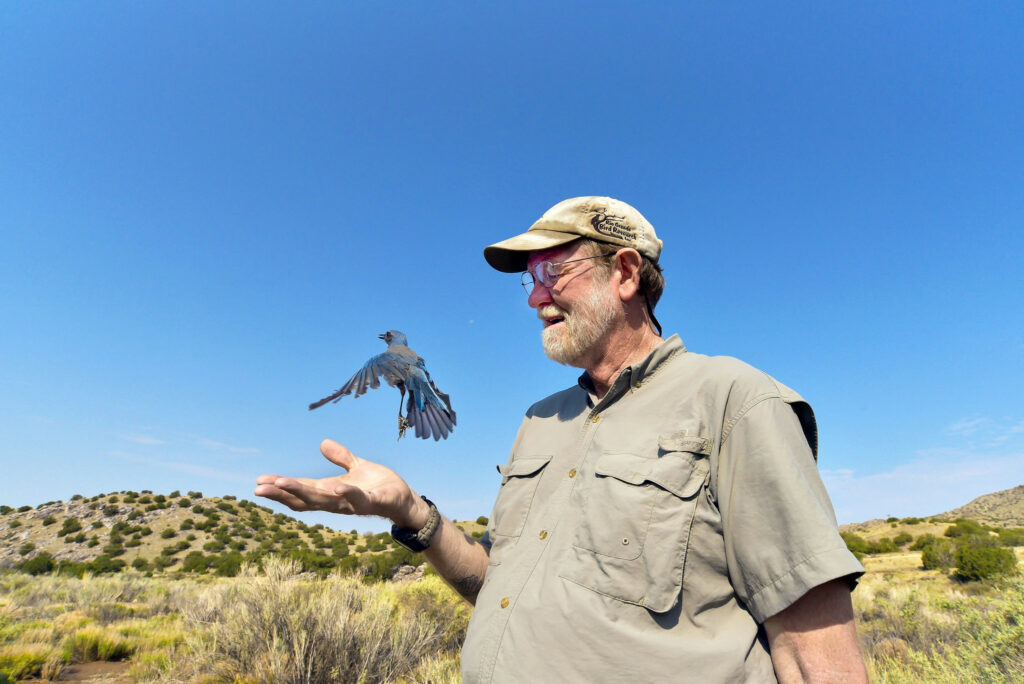There’s a considerable risk that humans can transmit SARS-CoV-2, the virus that causes COVID-19, to wildlife, according to a new major study. This could lead to outbreaks in some populations across the globe, endangering already threatened species, the researchers argued, calling for efforts to prevent such transmission.

For this metaanalysis, the team searched for studies with different combinations of the keywords: SARS-CoV-2, infection experiment, animal model, mammal, susceptibility, ACE2, cell line, coronavirus, wildlife. They checked ProMED, a community-driven platform that scans infectious disease news and reports, in particular.
“It’s difficult enough to control the SARS-CoV-2 in human populations–imagine what it will be like if it spreads among wild mammals,” said co-author KU Leuven in a statement. “They could also get sick and form a reservoir from which they can then again infect humans, but we can’t ask animals to wear face masks.”
The likelihood that field researchers or other people interacting directly or indirectly with wild mammals can initiate a chain of SARS‐CoV‐2 transmission among wild mammal populations is not negligible, the study showed. And in fact, the possibility of this happening is probably higher than with other common human viruses.
This is due to the unique features of SARS‐CoV‐2. Many humans have it, it’s highly transmissible through direct and indirect contact, and many people are infectious before developing symptoms, and many remain asymptomatic. The virus can also infect a wide range of distantly related mammals, making it difficult to predict which species are more susceptible.
Direct mortality or severe disease aren’t the only concern. Wild mammals often live on the edge of survival, so even a mild disease may result in lower survival or reproduction probabilities. Natural stressful situations, such as food shortages and co‐infections, may also pre‐dispose wild mammals to more severe disease.
SARS‐CoV‐2 has the potential to spread very quickly in communities of wild mammals, the researchers argued. If the virus can circulate uninterrupted for some time, eventually a new non‐human reservoir could be established. This scenario would pose a significant hurdle for efforts to contain SARS‐CoV‐2 and protect ourselves.
While most people very rarely come into close contact with live wild animals, the transmission of SARS-CoV-2 from humans could readily occur during field activities. This includes conservationists, pest control staff, wildlife tourists, and forestry workers, among others. Any situation in which direct contact takes place can lead to a big risk of human-to-animal transmission.
That’s why the researchers called for people to take sanitary precautions when in direct or indirect contact with wild or feral mammal species to prevent human-to-wildlife SARS-CoV-2 transmission. This includes physical distancing whenever possible, using a face mask, and fulfilling a quarantine period if symptoms are suspected.
“It is important to keep in mind that the aim is to prevent transmission of one’s own pathogens to wild mammals, rather than the reverse. To avoid spreading our own saliva or nasal droplets, a reusable cloth mask (with at least two layers of fabric) or a disposable surgical mask is appropriate,” the researchers wrote.
The study was published in the journal Mammal Review.






